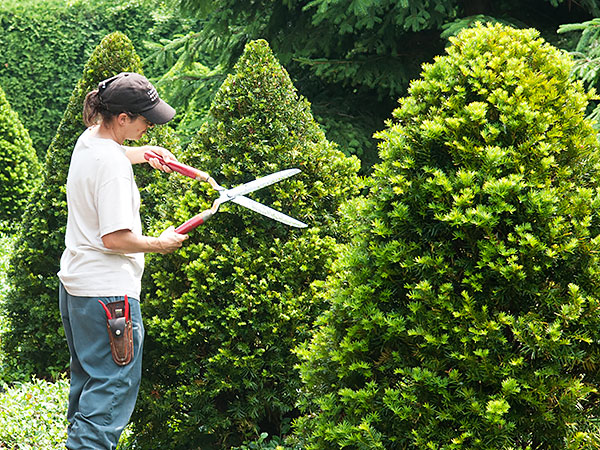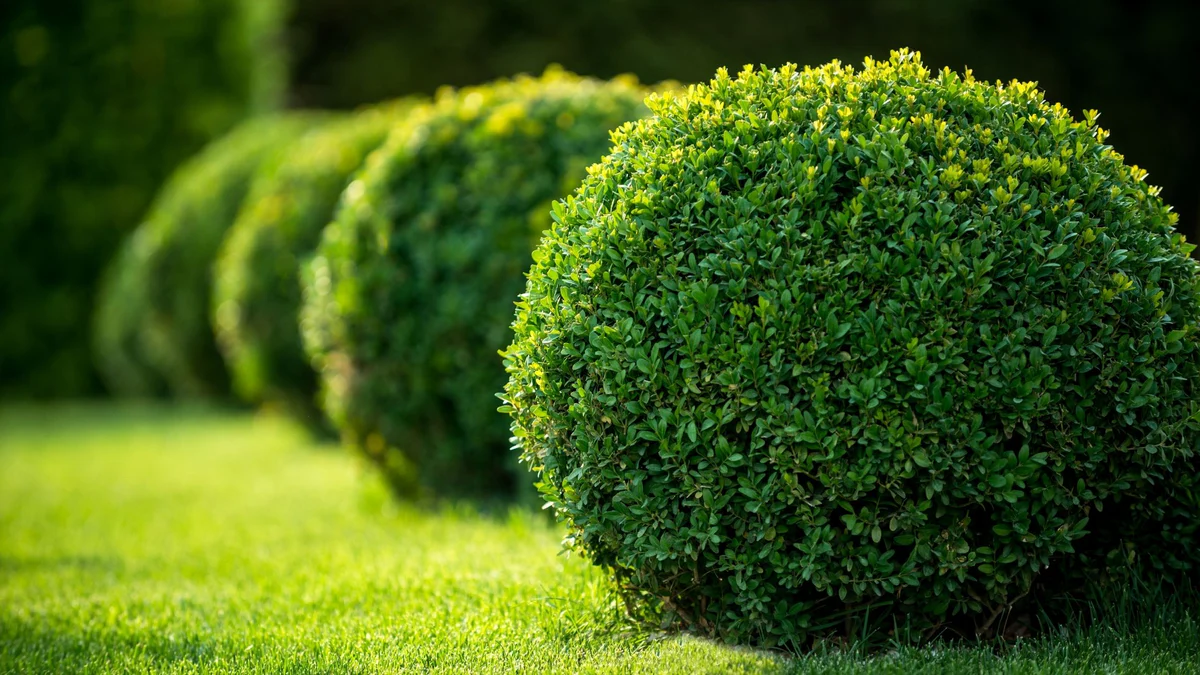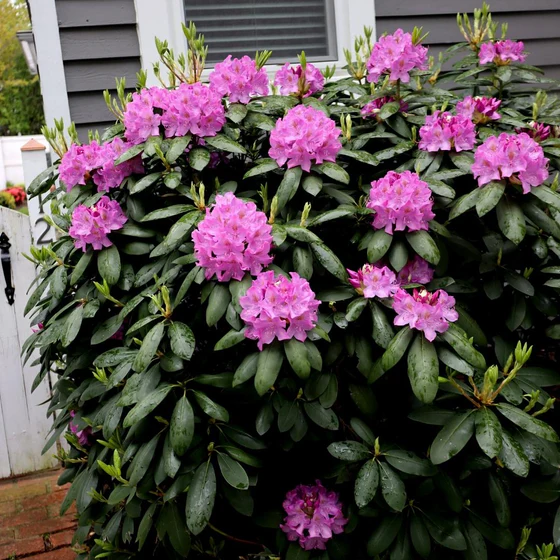Benefits of Evergreen Shrubs:
Despite the current trend as to classification of plants in and around our homes, evergreens have a lot of attributes that make them quite useful in our gardens. Due to this characteristic it is possible to maintain an ornate look in the garden throughout the whole year not only in spring and summer. These shrubs are excellent for the use of hedges or fences; they can be used to cover up the unpleasant sights and also segregate an area In most cases, the evergreen shrubs are drought tolerant and do not need frequent watering by the Gardner. Also, birds and other wildlife will gain vital shelter and food which will in turn improve the environment of the park and the ecology in general.










